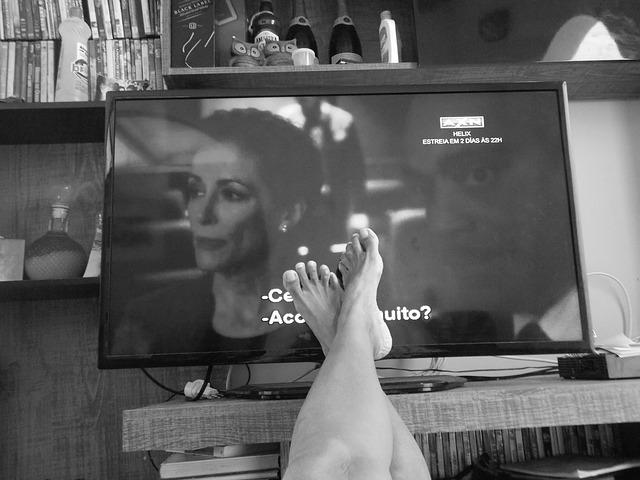
October 2016 Issue
Read, Comment and Enjoy!
Join Translation Journal
Click on the Subscribe button below to receive regular updates.
How to Do Subtitles Well – Basics and Good Practices

Subtitling and closed captioning plays a very important role in our lives.
Subtitles and captions are widely relied on by viewers. The deaf and the hard of hearing need captions. People also reply on captions for low quality mobile speakers on TV’s or laptops, noisy environments, and not to disturb the baby sleeping or those around them. Subtitles are used because localization has been done though them. There are all kinds of reasons why we need to have subtitles and captions available for viewers. Nowadays, it is more common that you will have the selection to turn on the captions, not only for entertainment but learning purposes too. Colleges and Universities are incorporating captions into their tutorials and this has not only become common practice, but also FCC regulation.
How captions are presented, both optically and structurally, could have a serious impact on the viewers understanding and enjoyment of the content. The difference between a good and bad experience is usually minor fixable issues.
I’ve written this very short article to share what I believe are the basic good practices in subtitling and closed captioning.
Let’s begin with the visuals of captions. I would start off by advising to avoid presenting too much text onscreen at one time. Make sure the subtitles are easy to read and follow. Always allow enough time for each subtitle to be read.
Ideally, each subtitle should contain a single complete sentence. wherever two lines of unequal length are used, the upper line should preferably be shorter to keep as much of the image free as possible and in left-justified subtitles in order to reduce unnecessary eye movement.
It is important to caption all important dialogue and to distinguish between speakers. In subtitling, you should simplify the text to make the subtitles easy to read so that the viewers can understand them at first sight.
Use a large enough text size. The font must be clear and easily readable. There should be a high contrast between the caption (text) and the background.
Position subtitles at the center/bottom and avoid clashing with any on screen texts. The normally accepted position for subtitles is center/bottom of the screen, but in obeying this convention it is most important to avoid obscuring 'on-screen' captions or any part of a
speaker's mouth or eyes.
Always ensure accuracy in captioning. The target point for synchronization should always be at naturally occurring pauses in speech-sentence boundaries, or changes of scene. This has to be the most important best practice in subtitling and closed captioning.
I hope you have enjoyed reading my short article.